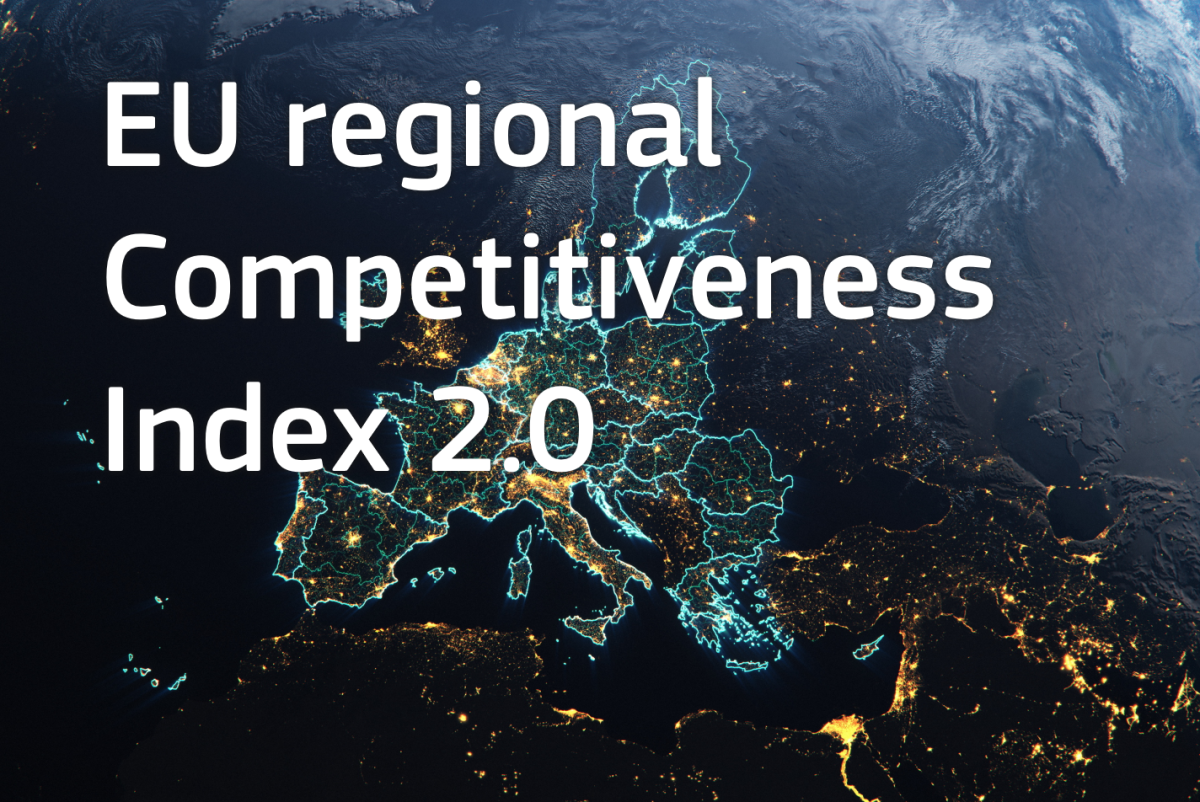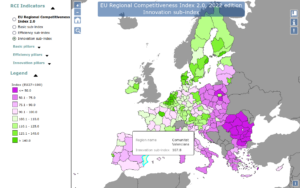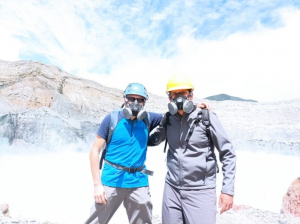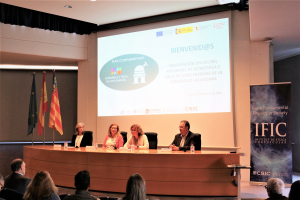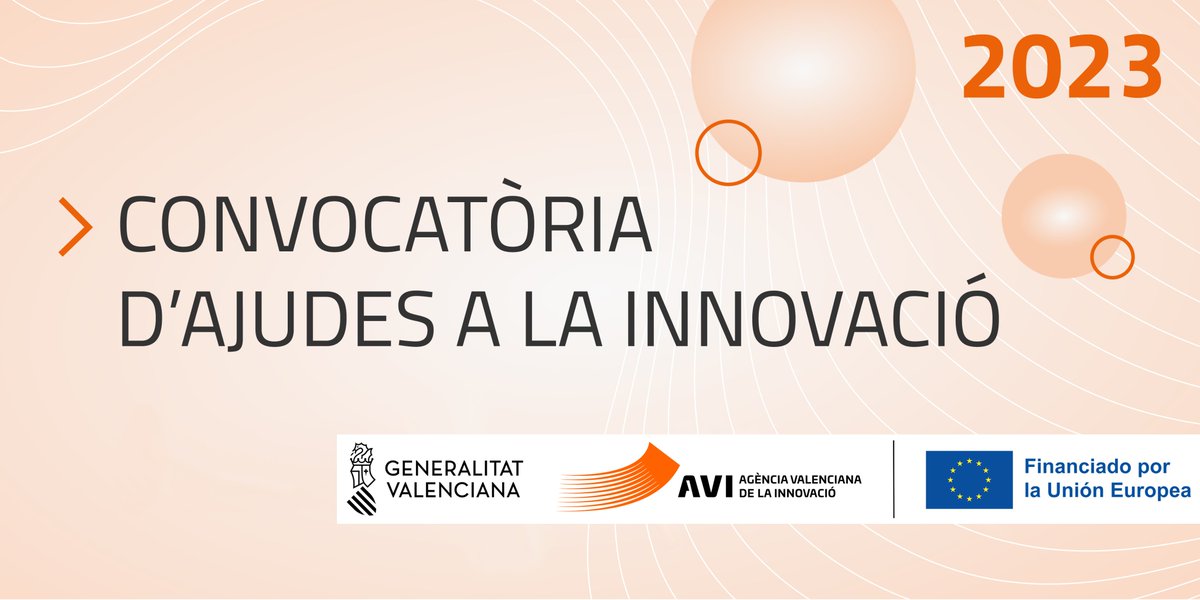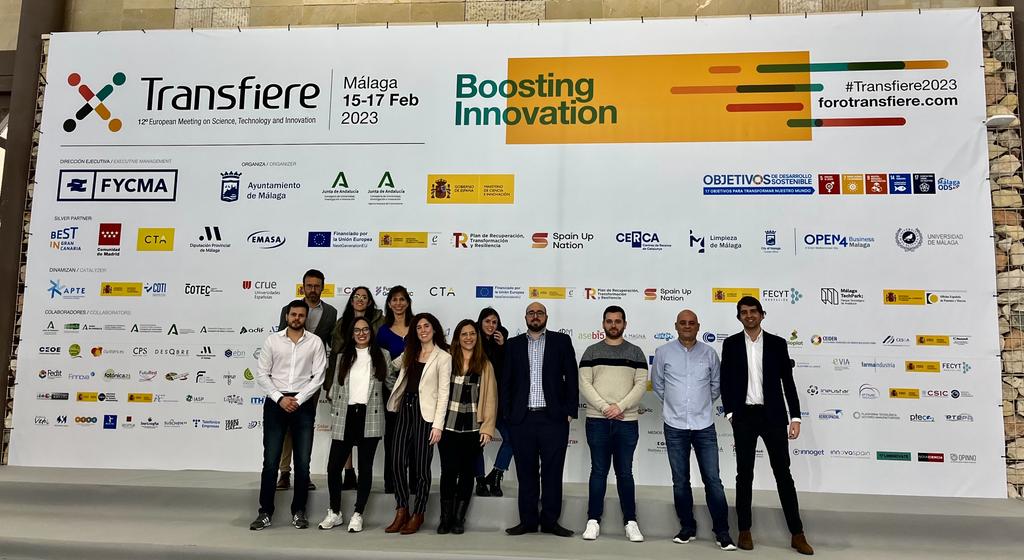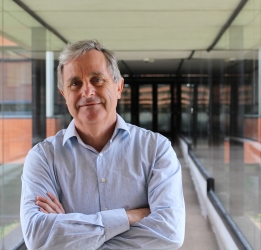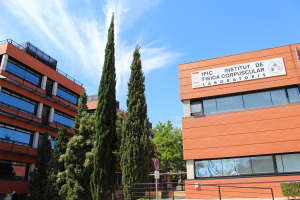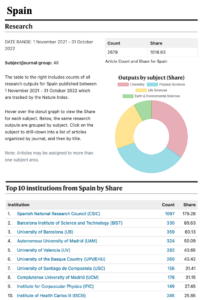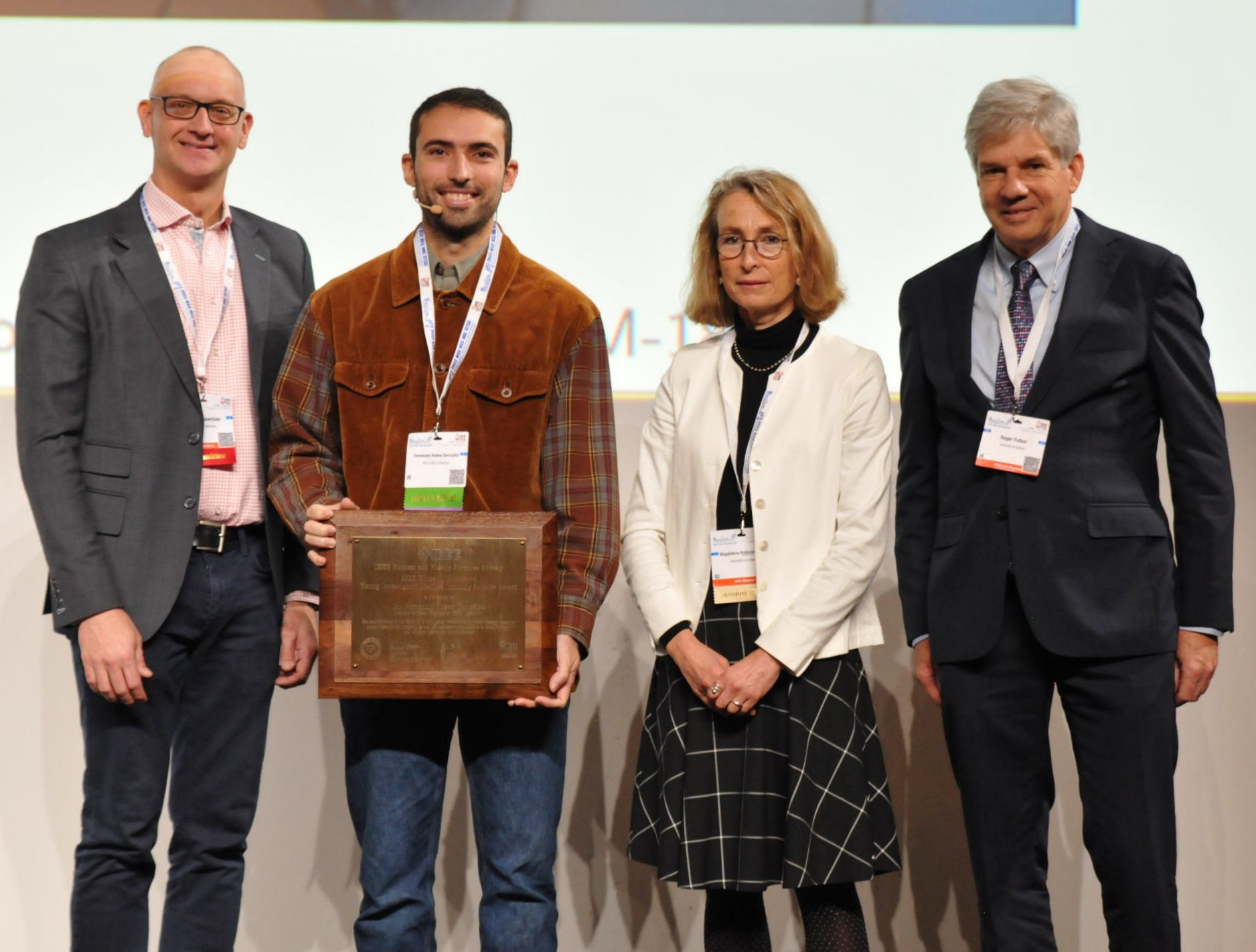NOTA DE PRENSA Gabinete de comunicación de Presidencia de la Generalitat
- El Diari Oficial de la Generalitat publica la nueva convocatoria anual de la AVI, que permanecerá abierta hasta el próximo 21 de abril
- La Agència prevé financiar alrededor de 350 proyectos de I+D+i, en los que colaborarán distintos agentes del sistema de innovación
El Consell, a través de la Agència Valenciana de la Innovació (AVI), ha lanzado una nueva convocatoria de ayudas en concurrencia competitiva dirigida a fortalecer y desarrollar el sistema de innovación, según ha publicado el Diari Oficial de la Generalitat Valenciana (DOGV).
Se trata de un nuevo llamamiento público para resolver retos de interés común a través de la I+D+i, en el que, como novedad, se reforzará tanto la participación de empresas como la dotación económica de los dos programas con mayor impacto en el tejido productivo, a fin de impulsar los proyectos estratégicos en cooperación y la consolidación de la cadena de valor empresarial.
En total, la AVI ha dispuesto un presupuesto global máximo de 48,95 millones de euros para esta nueva edición de sus programas de apoyo a la I+D+i en colaboración, que permanecerá abierta a la recepción de proyectos hasta el próximo 21 de abril.
La nueva convocatoria está cofinanciada al 60% por el Fondo Europeo de Desarrollo Regional (Feder), a través del programa de la Comunitat Valenciana para el periodo 2021-2027, y se alinea con la nueva Estrategia de Especialización Inteligente S3, que ha diseñado la Conselleria de Innovación, Universidades, Ciencia y Sociedad Digital.
Se estima que, con la actual asignación económica, la AVI podrá financiar en torno a 350 iniciativas de innovación, que se ejecutarán en un máximo de tres anualidades, en función del tipo de programa y las características de cada proyecto.
Las seis líneas de ayuda de la Agència incentivan el desarrollo de proyectos de innovación en las empresas y facilitan la transferencia de conocimiento y sus aplicaciones al tejido productivo, fomentando, además, la colaboración público-privada y la cooperación entre centros tecnológicos y de investigación y empresas.
De hecho, la AVI requiere de la colaboración de, al menos, dos agentes del sistema para optar a cualquier tipo de incentivo, al tiempo que se continuará priorizando, como hasta ahora, aquellas iniciativas que ofrezcan respuesta a los retos y soluciones que previamente han identificado los diferentes comités de especialistas que asesoran a la entidad.
Como novedad, este año se reforzará el peso de las empresas en los principales programas de ayuda con el objetivo de estimular su participación y cooperación con otras organizaciones. Así, las mercantiles deberán asumir ahora la mitad del coste de ejecución de cada proyecto estratégico, donde también se exigirá la concurrencia de al menos una pyme entre las entidades que trabajarán conjuntamente en el desarrollo de dichas iniciativas de I+D+i.
Esta última obligación, es decir, la participación de un pequeña o mediana empresa, se extenderá también a los proyectos en colaboración que se presenten a la línea de consolidación de la cadena de valor, la segunda por volumen de fondos.
Precisamente ambos programas, que ya copaban el grueso del presupuesto de la convocatoria, experimentarán un nuevo incremento en su asignación hasta alcanzar el 70% del total. Se trata de las dos líneas que, año tras año, suscitan una mayor demanda y las que generan también un impacto más notorio en el sistema productivo, ya que están abiertas a la participación de empresas.
En el caso de los proyectos estratégicos en cooperación, la AVI ha elevado la partida económica hasta los 20,75 millones de euros, un 20% más que hace un año, para incentivar la cooperación de la comunidad científica, los institutos tecnológicos y el empresariado en el desarrollo conjunto de soluciones a retos de interés común.
De este modo, se reforzará el desarrollo de iniciativas que requieren necesariamente de la colaboración de los diferentes agentes del sistema de innovación por la complejidad y el elevado esfuerzo económico que representan.
En la misma proporción aumenta la dotación del programa de apoyo a la consolidación de cadena de valor empresarial, que contará con 13,90 millones de euros para respaldar el diseño de soluciones que impliquen novedades en productos o procesos, o bien mejoras en el intercambio de información y procedimientos de trabajo con impacto en el conjunto de la cadena de valor.
La adecuación de la convocatoria a los requisitos derivados de la financiación europea también conlleva otras novedades para las organizaciones que soliciten los incentivos de la AVI. Y es que, a partir de ahora, deberán justificar que sus proyectos de innovación no generarán ningún impacto negativo en el medio ambiente.
Por último, en el programa de Promoción del Talento se otorgará una mayor flexibilidad a los centros de investigación que concurran a la línea de agentes de innovación. En concreto, cada entidad podrá presentar un máximo 4 solicitudes, frente al máximo de tres vigente hasta la fecha.
Apoyo al talento y la transferencia
Más allá del impulso a los proyectos estratégicos y de consolidación de la cadena de valor, destaca el respaldo al programa de Valorización, transferencia y resultados de investigación a las empresas, que dispone de 7,6 millones de euros.
Estos fondos no sólo permitirán desarrollar ensayos, pruebas piloto y demostradores, sino que garantizan financiación para las Unidades Científicas de Innovación Empresarial (UCIE) constituidas en universidades y centros de investigación de excelencia.
La AVI proseguirá apoyando la atracción y retención de profesionales cualificados a través de tres líneas específicas de ayuda. Los 4,85 millones consignados a tal efecto podrán sostener la actual red de agentes de innovación, al tiempo que respaldarán a las empresas que formen a doctorandas y doctorandos industriales o que contraten personal investigador y técnico de Formación Profesional vinculados a la ejecución de proyectos de innovación.
Otra de las líneas estratégicas para la Agència, la de impulso de la Compra Pública de Innovación (CPI), superará este año el millón de euros. Este presupuesto se destinará a potenciar tanto la demanda de productos y servicios innovadores en la Administración, como a estimular a las empresas para que concurran a este tipo de licitaciones nacionales e internacionales.
Por último, se contemplan 800.000 euros para impulsar acciones de fortalecimiento del sistema valenciano de innovación. A través de este programa se pretende reforzar las estructuras de apoyo a la innovación existentes en la Comunitat, así como facilitar la difusión de la I+D+i entre las empresas.
Más de 500 beneficiarios y 139 millones concedidos
Desde 2018, un total de 520 organizaciones distintas, entre las que se encuentran empresas, universidades, centros tecnológicos y de investigación y entidades locales, se han beneficiado de las ayudas en concurrencia competitiva de la Agència Valenciana de la Innovació.
En total, la AVI ha concedido alrededor de 139 millones de euros para respaldar el desarrollo de acciones de I+D+i en cooperación con el fin de optimizar el funcionamiento del sistema de innovación de la Comunitat y potenciar las sinergias entre sus diferentes eslabones.
Las ayudas de la Agència han movilizado, a su vez, 76 millones de inversión privada que, junto a la aportación pública, han permitido desarrollar 881 iniciativas en los últimos cinco años.
Información sobre la convocatoria:


